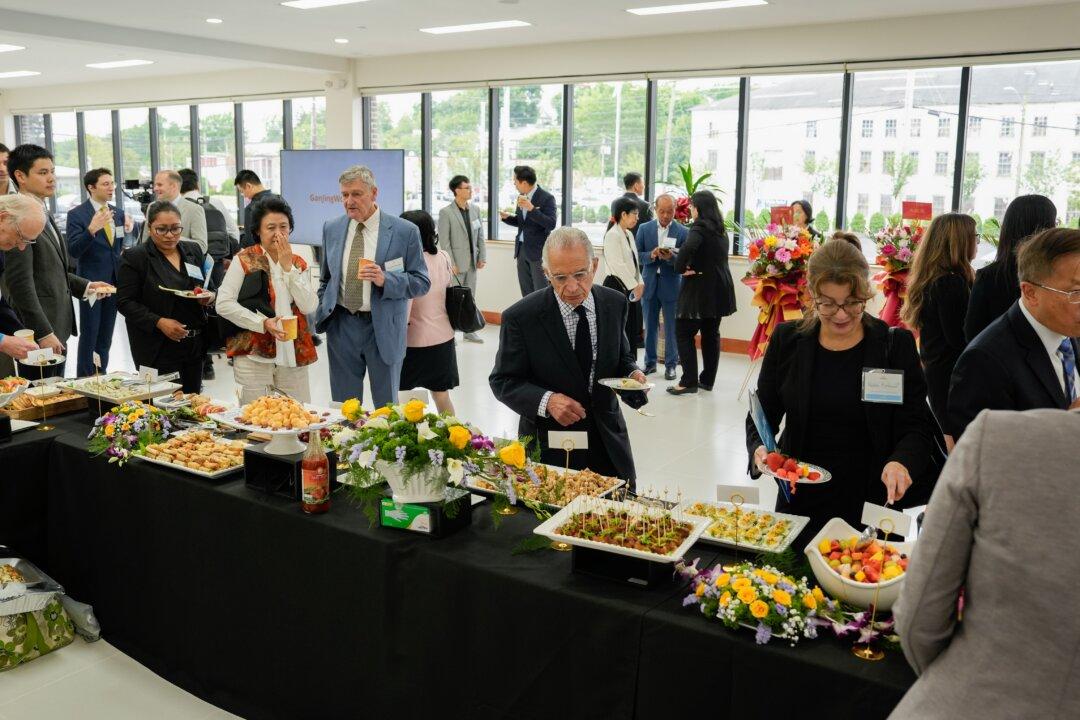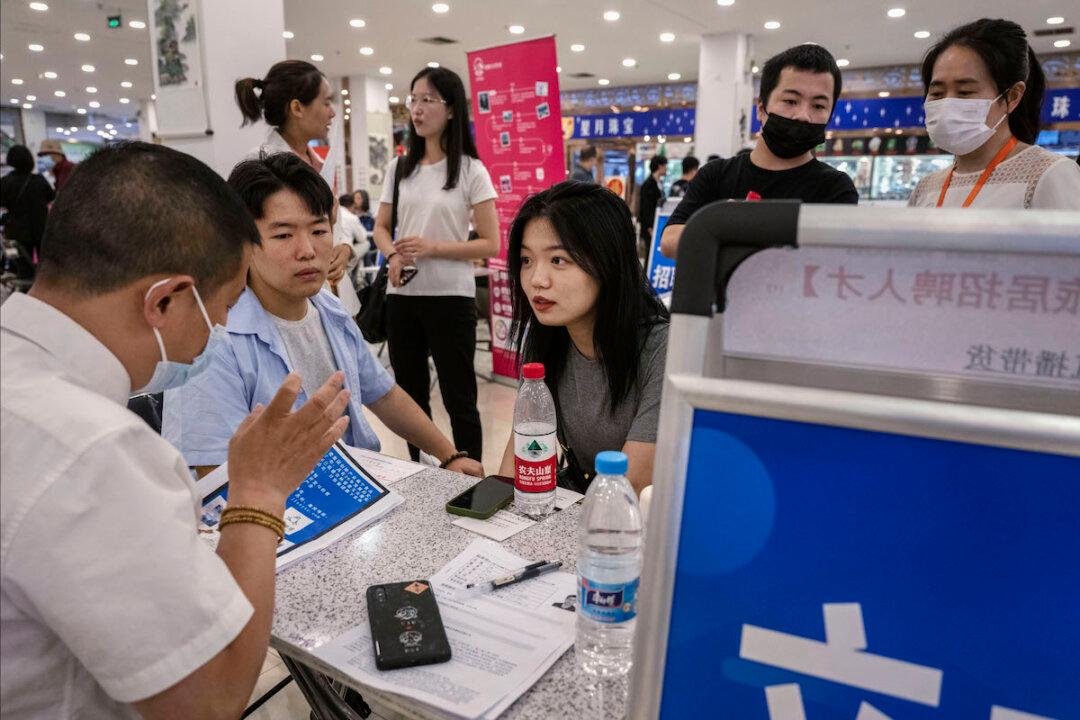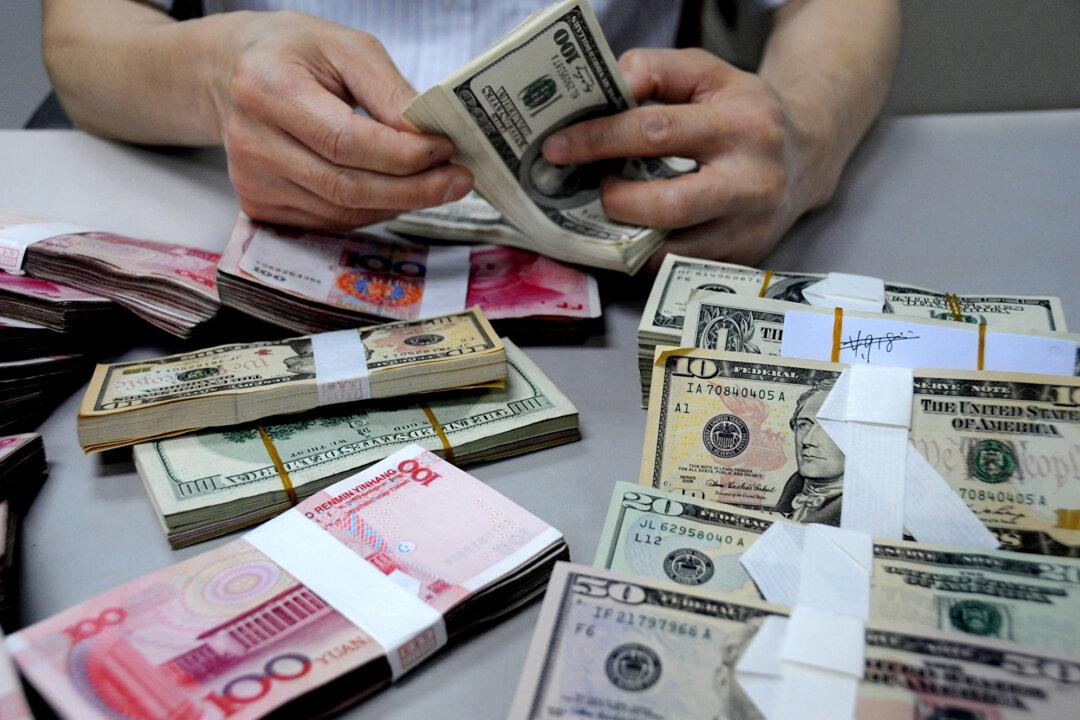The extreme weather in August has triggered another round of factory shutdown in China. The record high temperatures and drought around the Yangtze River basin led to industrial power outages in southwestern Sichuan Province, and affected the supply chains of many photovoltaic, automotive battery, and material supplies companies.
The current wave of power cuts in Sichuan, which began on Aug. 15, was initially set to last six days, but then twice extended to 15 days.





